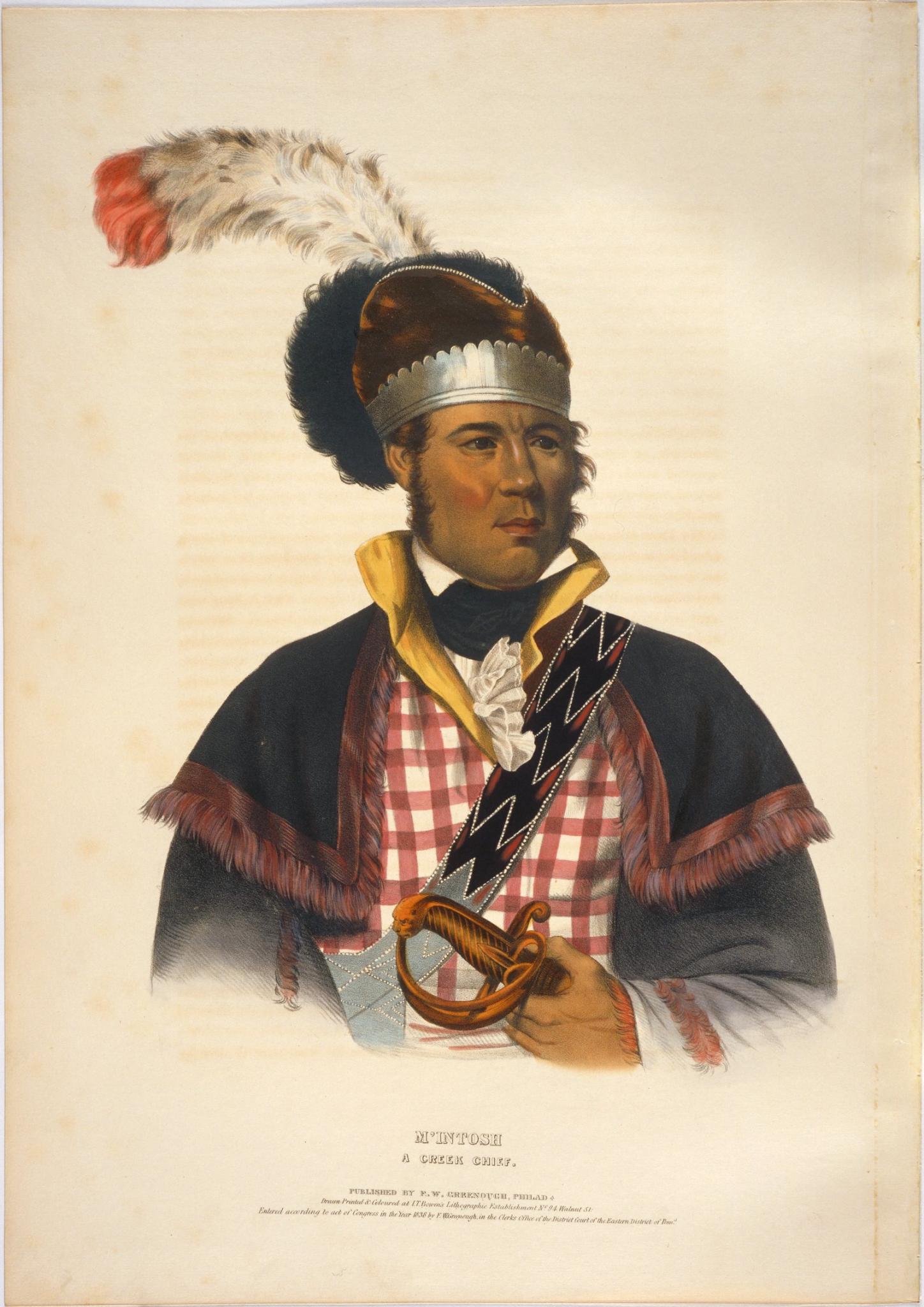About a year and a half ago, Chicago Bird Alliance formed a committee to develop a land acknowledgment, an important part of our DEIJ plan. We didn’t want to do a performative document of words only, which meant we needed to make some relationships with local indigenous groups.
An anonymous donor had given us three painted lithographs from the book, History of the Indian Tribes of North America by Thomas Hall and James McKenney, James. This book was produced at the time that the young United States was pushing west and dispossessing indigenous tribes from their land. We decided to rematriate these works of art to indigenous tribes, to learn more about our indigenous neighbors and original human inhabitants of the land that we and birds use today, and hopefully to make some relationships.
The Newberry Library, by coincidence, is exhibiting this book now. We’ve arranged for a guided tour on February 24 at 2PM - please join us! This is a free event, and a chance to visit an interesting private library in Chicago at 60 West Walton in Chicago.
Here’s some of what we learned.
from donaldheald.com
Naw Kaw was a Ho-Chunk Chief. The tribe recently changed its name from the Wisconsin Winnebago back to the traditional Siouan name. The Ho-Chunk have an office in Jefferson Park, Chicago and there we made arrangements to meet William Quackenbush, Tribal Historic Preservation Officer, to give him the portrait.
Naw Kaw was “the head of his tribe, who inhabited a broad and beautiful country, lying between the Mississippi and Lake Michigan, and spread out in plains of great extent, fertility, and magnificence.” Naw Kaw lived in the vicinity of what we call Baraboo, WI today. Nicolet noted that the tribe’s lands extended south to the Rock River in Illinois in the 1630’s. All three of the men portrayed lived in a very difficult time when their tribes were being evicted from their homelands by the US.
Today the Ho-Chunk headquarters are in Black River Falls, Wisconsin, and they also own land in 13 Wisconsin counties and in Lynwood, IL (Southern Cook County), east of Illinois 394 and north of the Glenwood-Dyer Road interchange. There are currently about 200 native speakers of the language. You can read more about them here and here.
A reproduction of the portrait of Chief Waubonsee (top) is prominently featured in the Potawatomi Cultural Heritage Center in Oklahoma
Wa-Baun-See was a local Potawatomi chief. The Potawatomi were the tribe that lived in most of the local lands immediately before European settlement. Read an eyewitness account of their reaction to signing the treaty which removed them from Chicago. Here is an explanation of that treaty - “While the natives were against the cession of their land, it was clear from past experiences that the United States government would not take "no" for an answer once it had decided that it wanted to see Natives cede their land. Therefore, the Natives likely saw it as in their best interests to strike a bargain”
The Potawatomi Nation has several bands. We donated our portrait to the Citizen Band Potawatomi Cultural Heritage Center in Oklahoma. According to Blake Norton, Director of the Citizen Potawatomi Nation Cultural Heritage Center, who received the piece, “Waubonsee is a very revered spiritualist, warrior, leader and ancestor to the community.”
The Prairie Band Potawatomi are pursuing Illinois’ only landback effort in nearby DeKalb County, near Shabonna Lake. Their claim dates to when Chief Shabonna was cheated out of his land in 1849. The Pokagon Band is located across the river in Southwest Michigan. They are keeping alive the claim that lands reclaimed from the lakebed were never ceded in a treaty and therefore are Potowatomi land.
Image from Archives and Rare Books Library, University of Cincinnati Libraries by way of New Georgia Enclyclopedia
The final portrait we received was of Chief William McIntosh, son of a man from Scotland and a Creek woman. He supported the United States in the Creek War and owned slaves.
We had promised this portrait to the Trickster Gallery in Schaumburg when we started this journey just before the pandemic. When we returned recently to make the donation, we found that the organization had a new Director, Gina Roxas, and a new identity as a Cultural Center rather than a gallery. Director Roxas has a background in ecology and is working with McHenry County to restore bison to the land and study the effects. The Center is planning a program about this soon that we will invite members to.
We are also looking into indigenous bird names and hope to have something to share with you about that this year too.
Citizens of the United States have to overcome a lot of denial about the way that this land’s original inhabitants were treated. We hope that you learned a few things by reading about our journey and exploring the links. We will have a few programs inspired by this gift - please join us.




